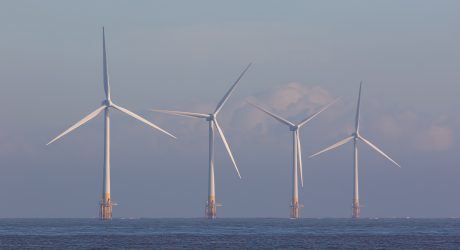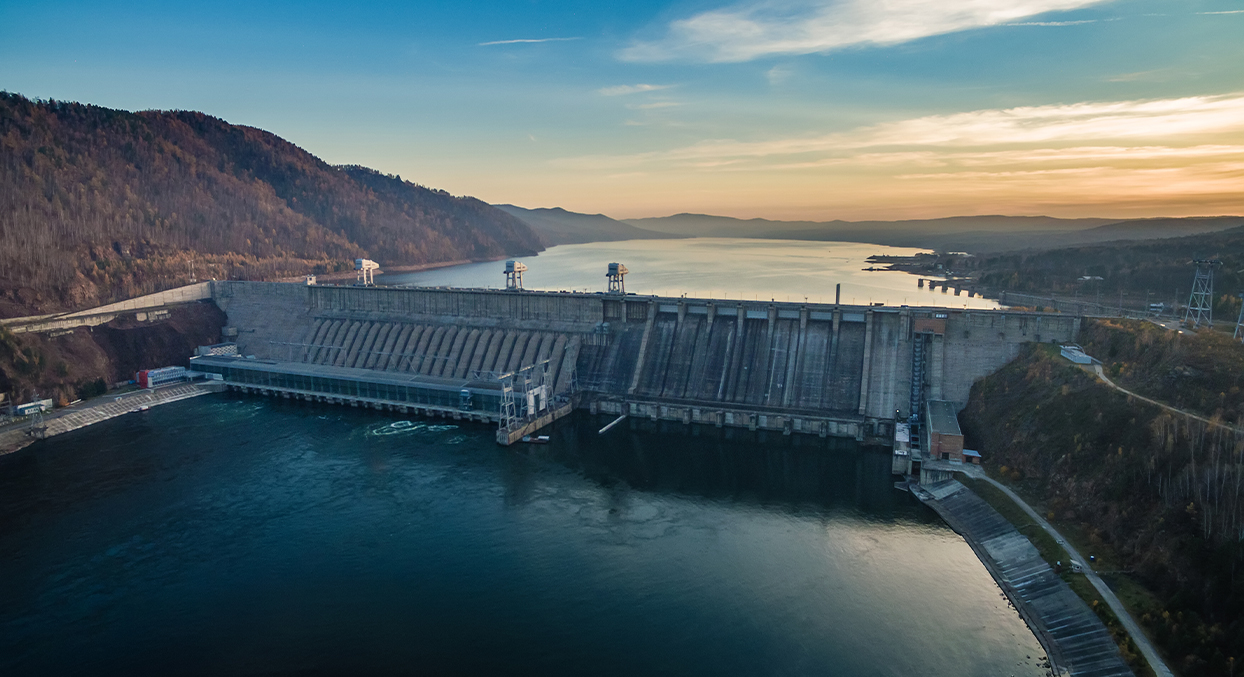Next week, the Upper Tribunal (Tax and Chancery Chamber) will hear an appeal by four subsidiaries of Orsted, a Danish energy company, in relation to the availability of capital allowances on expenditure relating to offshore windfarms. The expenditure was incurred on various studies undertaken prior to the construction of the windfarm, as well as project management costs. This will be the latest in a line of recent cases on the scope of the capital allowances regime.
David Pickstone and Anastasia Nourescu consider the background of the case and its wider impact on the capital allowances regime. An earlier version of this article was first published by International Tax Review (subscription required).
Capital allowances for plant and machinery: a brief introduction
The legislation governing capital allowances for plant and machinery is contained in Part 2 of the Capital Allowances Act 2001. The general conditions for the availability of such allowances are set out in section 11 and are, broadly, that the person claiming the allowance must be carrying on a “qualifying activity” and must have incurred “qualifying expenditure”.
Expenditure is qualifying expenditure only if it is capital expenditure on the provision of plant or machinery wholly or partly for the purposes of the qualifying activity. The terms “plant” and “machinery” are not defined in the legislation, but the case law provides useful guidance on their meaning.
Before considering whether items of plant qualify for capital allowances, it must be established whether such items should be considered individually or collectively as a single item of plant. The test is that set out in Cole Brothers Ltd v Phillips (Inspector of Taxes) [1982] 1 WLR 1450: to be considered as a single item of plant, the component parts must be directed towards a single purpose.
The question of whether the expenditure was incurred “on the provision of” the plant and machinery is highly fact specific. However, it will generally turn on remoteness. Helpful guidance was provided in IRC v Barclay Curle & Co [1969] 1 WLR 675, in which the House of Lords held that expenditure necessary prior to the provision of the plant is sufficiently proximate. (In that case, the expenditure related to the excavation of a dock and lining its walls with concrete so that mechanical equipment could be installed and used in a dry dock at a shipyard.)
Background to the appeal
Windfarms, especially offshore ones, are highly complex structures made up of wind turbines connected together by cables and then further connected to the national grid by onshore and offshore substations. The design and installation of each windfarm is specific to a particular site and is informed by the conditions in the area, which are determined by undertaking various studies, including environmental impact, geophysical and geotechnical studies.
In this case, the companies that owned and operated the windfarms claimed capital allowances in their tax returns in the total amount of approximately £48m. HMRC initially allowed the claims to the extent that they related to costs incurred on the fabrication and installation of the wind turbines themselves, together with the electrical array cables that connected them. However, HMRC opened enquiries into expenditure claimed on the studies. After a long dialogue spanning six years, HMRC issued closure notices in February 2018, denying almost £48m in relation to those studies (out of almost £300m claimed for the fabrication, installation and cabling of the wind turbines). The companies appealed the closure notices to HMRC and subsequently to the First-Tier Tribunal (FTT).
In its decision (Gunfleet Sands Ltd and others v HMRC [2022] UKFTT 35 (TC)), the FTT allowed some, but not all, of the expenditure. In making its decision, it considered three main issues:
- Firstly, the FTT considered whether each windfarm was a single item of plant. The FTT held that it was or, in the alternative, that each wind turbine and each electrical cable comprised a single item of plant. This was because even though each wind turbine was capable of operating separately, they were all directed towards the single purpose of the windfarm, which was to generate electricity.
- Secondly, the FTT considered each item of expenditure incurred and whether it constituted qualifying expenditure. The FTT held that some of the items claimed by the companies qualified for capital allowances, such as fish and shellfish studies, marine mammal studies, metocean studies and geophysical and geotechnical studies, as they related to the design of the windfarms without which they could not operate.
Other studies, such as socio-economic and tourism studies and noise assessment studies, were not held to qualify as they were not necessary to the design of the windfarms.
Project management costs were also held to qualify to the extent that they related to the costs of negotiating contracts with the manufacturers of the components and of procuring and managing those studies that were allowed as qualifying expenditure.
- Finally, the companies argued that any non-qualifying items should be entitled to relief as pre-trading revenue expenditure under section 61 of the Corporation Tax Act 2009. The FTT held that the expenditure was excluded by this relief as it was capital in nature.
The Upper Tribunal will consider the FTT’s decision in a four-day hearing starting on 5 June 2023.
Why does it matter?
The meaning of “on the provision of” is derived from case law, and any decision that provides further guidance on this is welcome. The Court of Appeal recently considered this test in the case of Urenco Chemplants Ltd v HMRC [2022] EWCA Civ 1587 in the context of expenditure incurred in relation to the construction of a nuclear deconversion facility. It also considered the meaning of “on or in connection with” in the context of the Business Premises Renovation Allowance in London Luton Hotel BPRA Property Fund LLP v HMRC [2023] EWCA Civ 362; while that is a slightly different test, it still turns on whether expenditure was incurred for a particular purpose and is informative of the court’s approach.
More generally, HMRC is paying close attention to tax relief claims. Taxpayers seeking to submit a claim should consider the implications of any decisions in this area, as they will likely inform HMRC’s future approach to such claims.
Please contact David Pickstone and Anastasia Nourescu if you would like to discuss any issues arising from disputed capital allowance claims.
You can find further information regarding our expertise, experience and team on our Tax Litigation and Resolution page.
If you require assistance from our team, please contact us.
Subscribe – In order to receive our news straight to your inbox, subscribe here. Our newsletters are sent no more than once a month.







